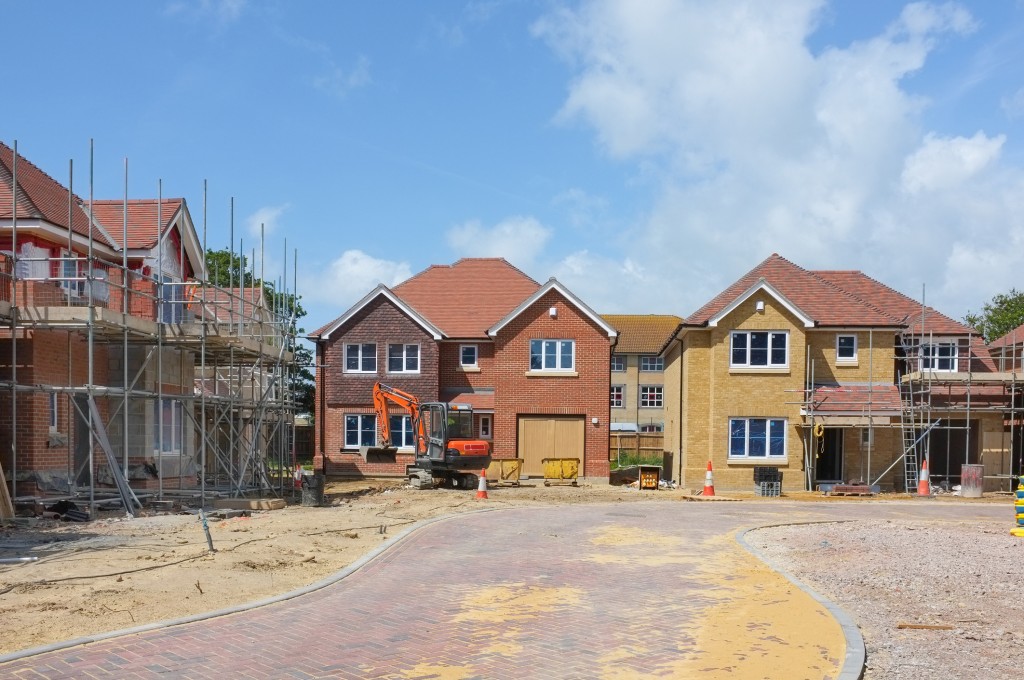Buying a house or flat? Which way would you prefer to go: marvellously modern or tantalisingly traditional?
There’s a lot to consider when buying new versus old . . . and the choice isn’t easy.
So, before committing yourself to a certain type of property, let’s take a closer look at the pros and cons.
New build homes: the pros
Quality
You should expect the fixtures and fittings in a new build to be of the best quality and, obviously, without any signs of wear and tear. They should also come maintenance-free. Some new homes even incorporate wireless technology to control everything from the heating to in-house entertainment.
Efficiency
In order to meet the latest regulations for energy efficiency, new homes will be warmer in winter, cooler in summer and have energy bills that are refreshingly lower.
Extras
Some new apartment developments boast on-site facilities, such as a gym, swimming pools and garage . . . so you have all your conveniences right on your doorstep.
Ease
A brand new home has no previous owner and this means the buying process should be more straightforward. There’s no need to wait for another person’s deal to go through or, worse case scenario, a whole chain of sales.
. . . and the cons
Size
Your budget will ultimately determine how big you can buy but, due to building techniques and scales of economy, new homes are normally smaller. You may have to make do with less square footage in your rooms.
Value
Buying new can often be more expensive than buying previously owned. And, although they hold their value long-term, these homes can be more difficult to sell for a profit in the short term.
Sameness
There are elements of customisation available – especially when buying ‘off-plan’ – but some new builds sadly lack the unique characteristics of period properties.
Traditional properties: the pros
Unique
A traditional property often boasts period features, such as vaulted ceilings, ornate cornices, stained glass windows or grand fireplaces. This makes your home unique in style and timeless in character.
Location
Having been built many years ago, many traditional buildings bagged the best locations in the heart of the city or out in the countryside. Many will also come with large, mature and even walled gardens.
Adaptability
Older homes offer buyers the chance to make their own changes. By upgrading with modern energy-efficient systems and state-of-the-art appliances you can have the best of modern living yet all the character of the original home.
Solid
Older homes are often robustly built. If it’s still standing after many decades, it’s a sure sign a traditional property will stand the test of time for many more years to come.
. . . and the cons
Maintenance
Older homes can have concerns. What might seem like a few cosmetic flaws – a thin crack in the wall or a lingering damp smell – could be hiding more serious structural problems. A detailed survey is a must.
Costs
If you do want to to make a conversion or upgrade the interior with more modern fittings, the cost of building work can add considerable sums onto your initial purchase price. Budget wisely for this before buying.
Restrictions
Some period properties will have strict building and planning regulations already in place. These can make any alterations complex and lengthy or outright impossible, so check with the local authority first.
For the best choice of properties, both old and new, visit s1homes.



















